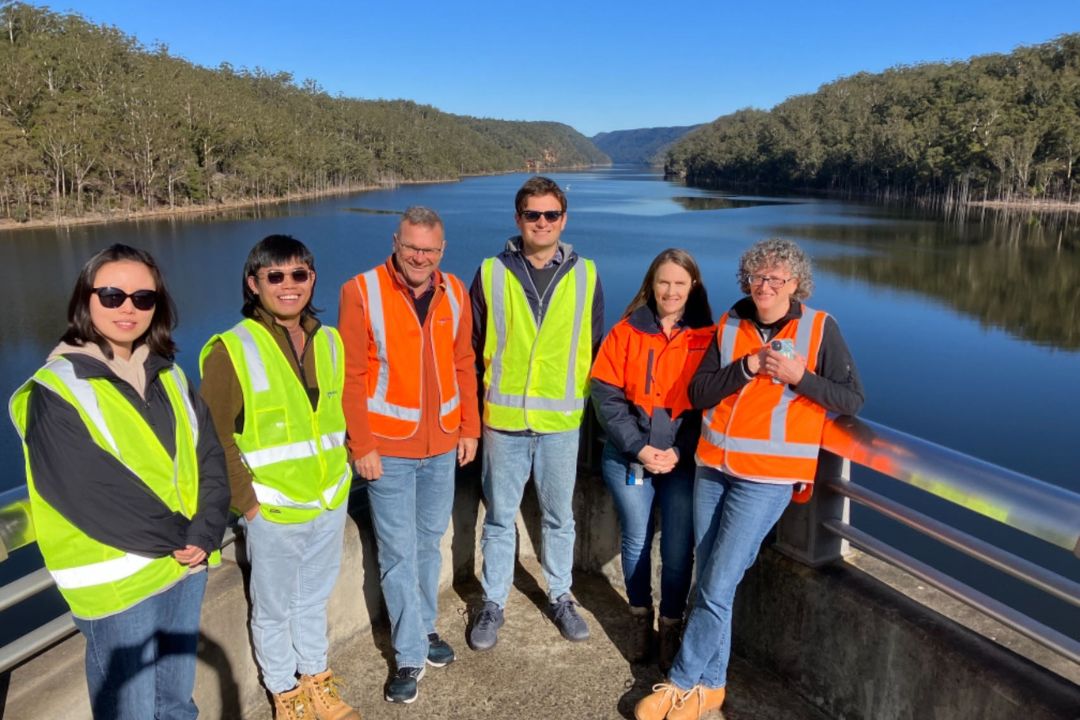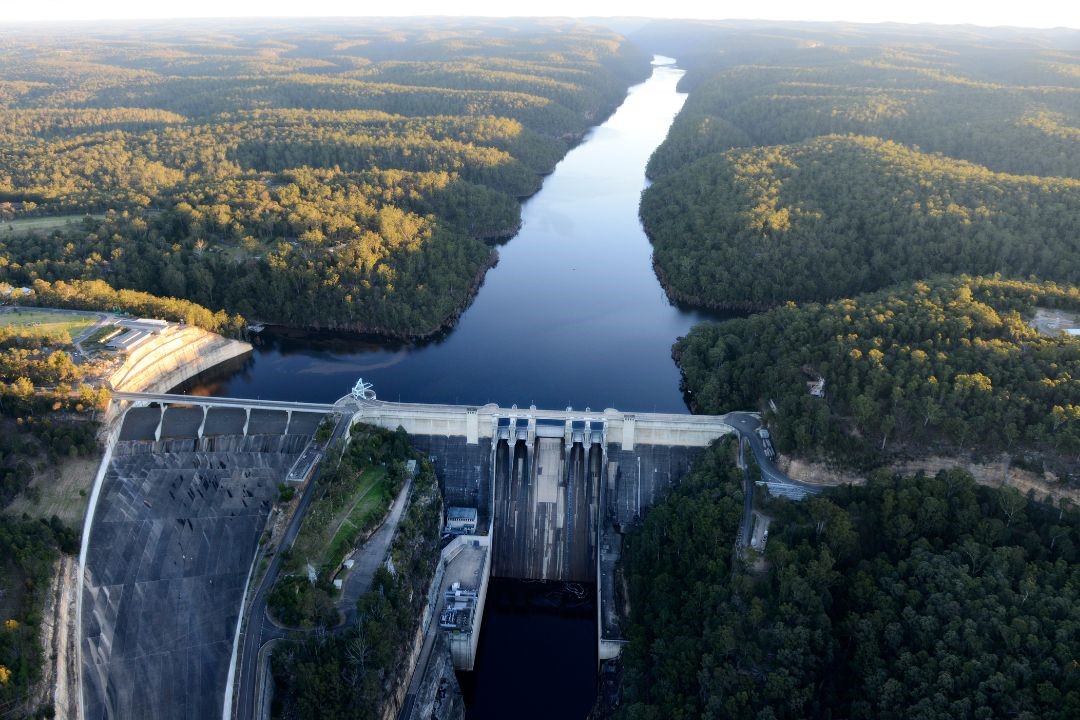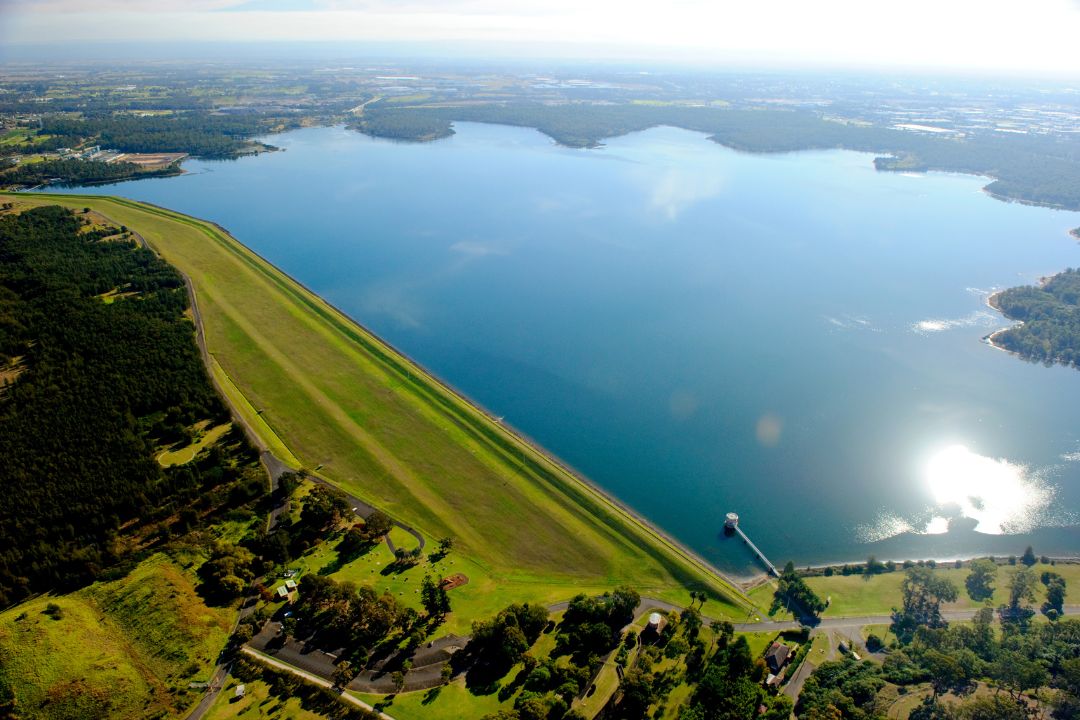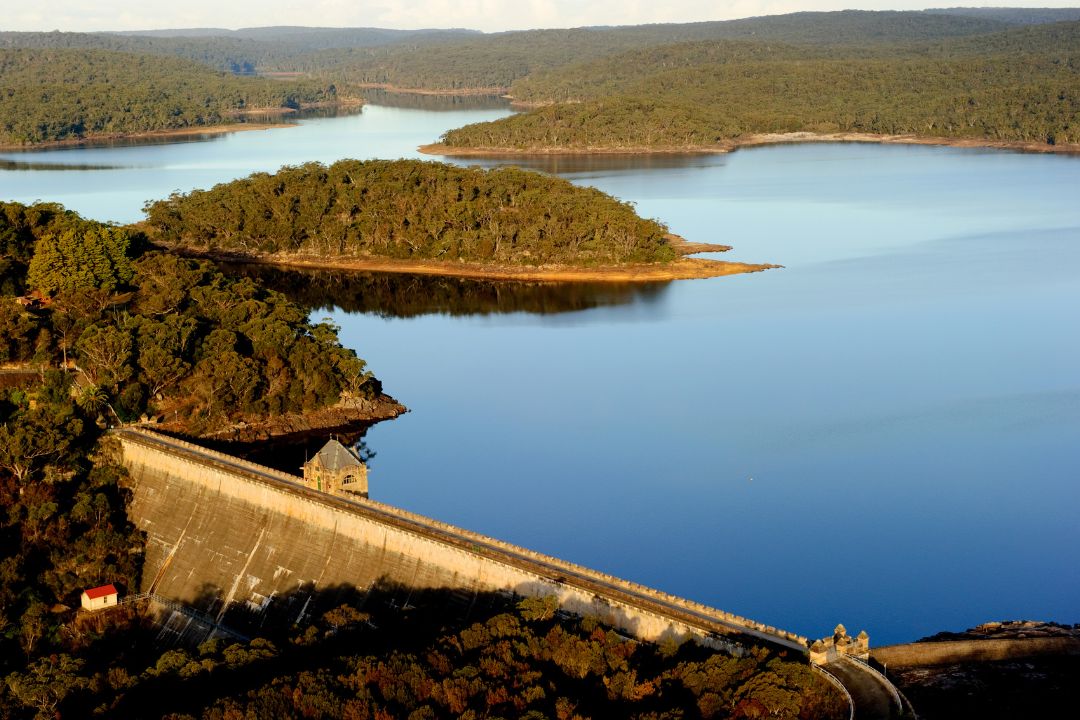Scientists collaborate to seek answers on biogenic effects
Why does your drinking water sometimes taste or smell a bit unusual but at other times is fine? The water is treated and safe to drink, but an usual taste or odour may remain.
A young scientist is working closely with WaterNSW and Sydney Water to help uncover the answers.
UNSW PhD student Jin Zhu is researching ‘biogenic’ tastes and odours which are caused by algae and other microorganisms. Her work was shortlisted for a prestigious 2024 NSW Water Award.
Water utilities around the world are trying to work out how to deal with these biogenic tastes and odours as they become more common due to the combined effects of climate change and more nutrients accumulating in reservoirs.
In Sydney it’s even trickier to identify the cause as water treated at Prospect comes from many sources – not just Warragamba Dam but the Upper Nepean dams of Cataract, Cordeaux, Avon and Nepean, as well as Prospect Reservoir itself.
To address this gap, WaterNSW, which manages Warragamba Dam and multiple reservoirs supplying Sydney’s drinking water, developed a proposal and enlisted UNSW to collaborate on this research.
Jin Zhu has been working with Dr Lisa Hamilton, WaterNSW Strategic Research and Innovation Manager, and Kaye Power, Sydney Water Principal Public Health Advisor, researching taste and odour causes in the Prospect Reservoir supply system.
Prospect raw water supply has higher complexity and uncertainty due to the mixing of odorants and odour-producing algae from many reservoirs.
There are currently limited tools to identify, track and manage odour issues from source water, through treatment processes and to consumers.
The project took a multidisciplinary approach integrating biochemistry, water treatment technologies and statistical analysis.
The research outcomes will help water utilities around Australia to develop improved ways to identify odorants, define thresholds for early detection of odour development, and implement proactive odour management in drinking water supplies.




Related links
Published date: 4 March 2024
WaterNSW acknowledges the traditional custodians of the lands and waters on which we work and pay our respects to all elders past, present and emerging. Learn more
